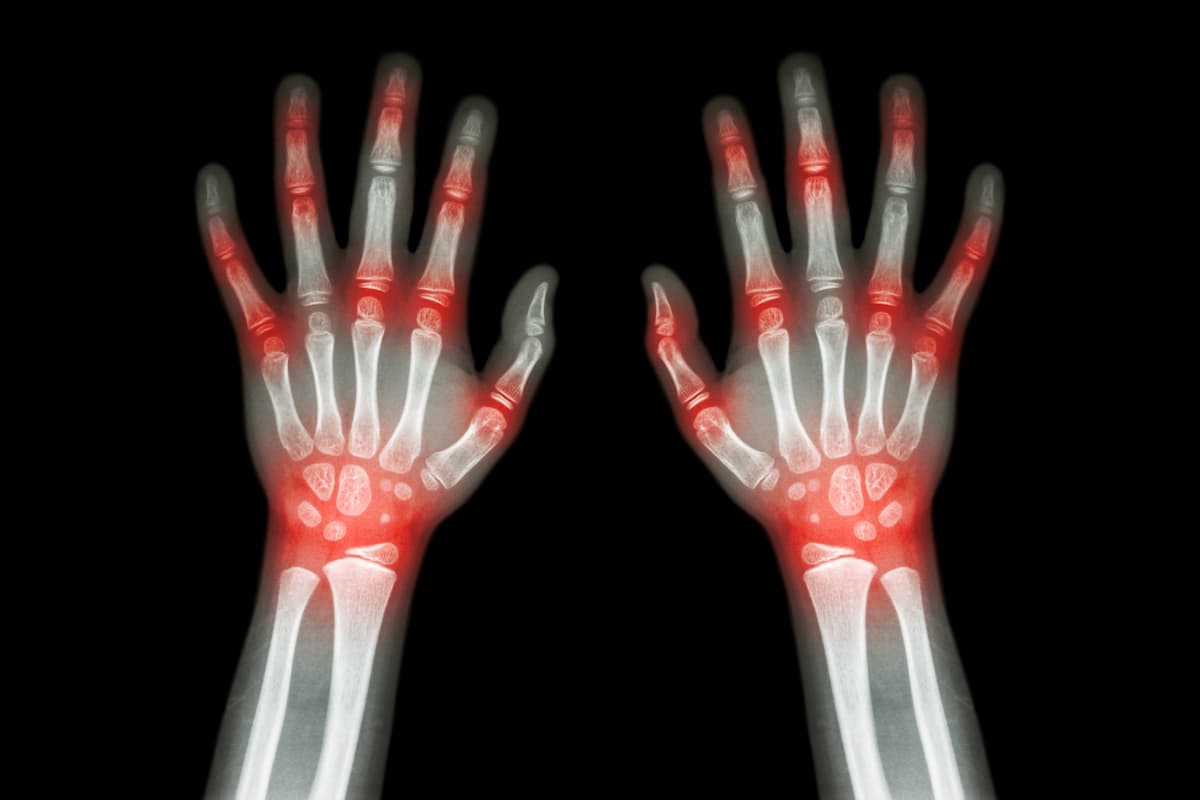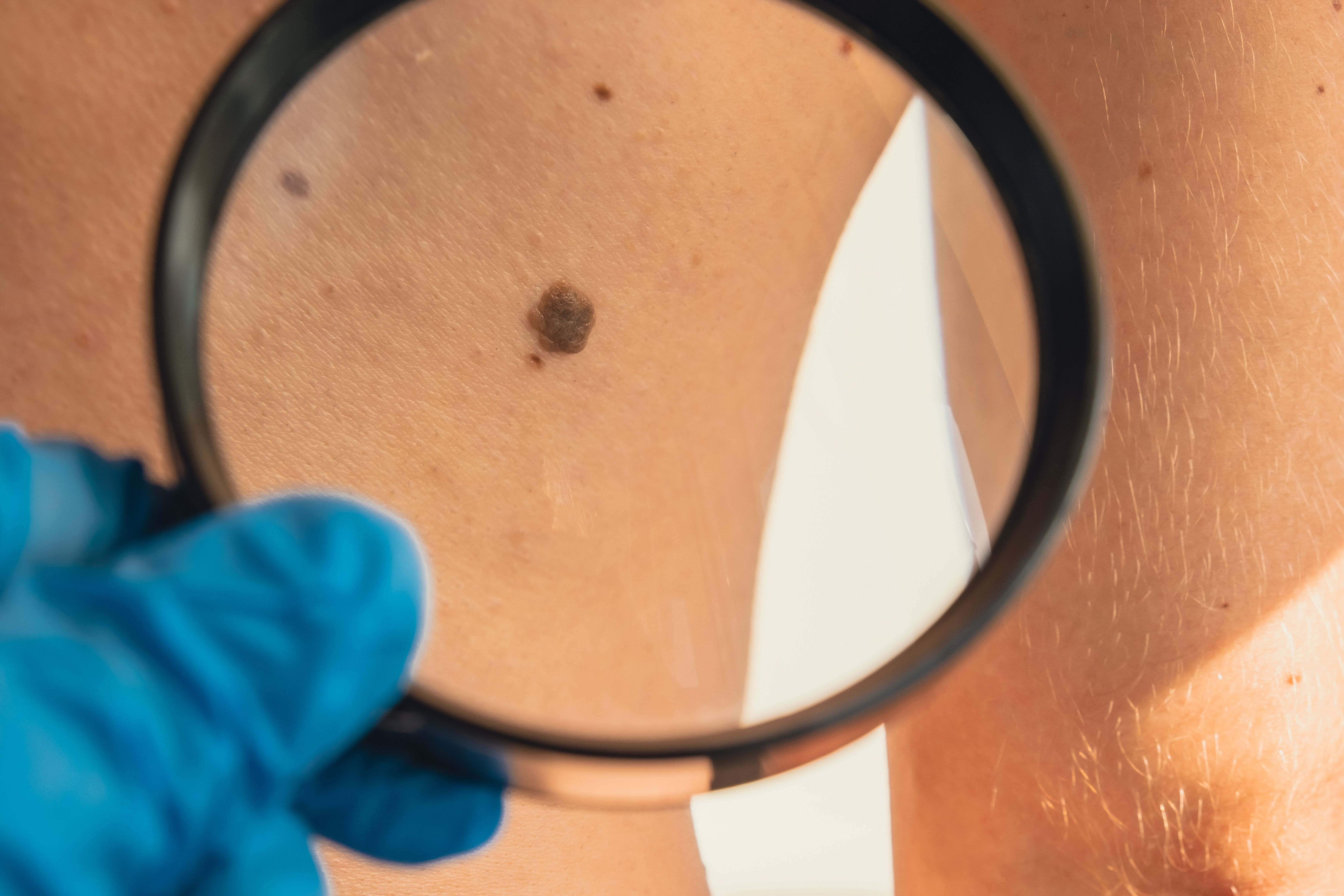News
Article
Persistently Active Rheumatoid Arthritis Linked With Socioeconomic Factors
Author(s):
Key Takeaways
- Socioeconomic factors, including age, gender, and social deprivation, significantly influence persistently active rheumatoid arthritis (pactiveRA) outcomes.
- Biological factors like comorbidities, functional disability, and BMI contribute to worse RA outcomes.
Factors independently associated with persistently active RA included age, gender, previous or current smoking status, and social deprivation.
This article was originally published by HCPLive®.
New research revealed socioeconomic factors, such as age and gender, and living in socially deprived areas were linked to persistently active rheumatoid arthritis (pactiveRA), regardless of clinical and disease characteristics, according to data published in RMD Open.1
Investigators explored biological and non-biological factors, including psychological and socioeconomic factors, linked to pactiveRA | Image credit: stockdevil - stock.adobe.com

“Despite significant therapeutic advances in RA treatments, a significant proportion of patients will continue to have ongoing, active disease,” Mrinalini Dey, PhD, clinical research fellow and rheumatology registrar at King's College, London, and study coauthors wrote. “The identification of prognostic factors associated with unfavorable outcomes therefore remains crucial, to guide personalized treatment that can help reduce disease activity and minimize treatment resistance. Insights are needed into individual characteristics that may adversely affect the chances of achieving remission or low disease activity states according to treat-to-target recommendations.”
To determine which biological and non-biological, including psychological and socioeconomic, factors were linked to pactiveRA, investigators assessed adult patients with early RA living in England who were included in the National Early Inflammatory Arthritis Audit database from May 2018 to October 2022 in.
Biological factors known to contribute to worse RA outcomes include a greater comorbidity burden, functional disability, greater disease activity, and a higher body mass index.2
Eligible patients had pactiveRA, defined as 3 consecutive Disease Activity Score-28 joints (DAS28) of > 3.2 at baseline, 3, and 12 months, or persistently low RA (plowRA).1 PlowRA was categorized as DAS28 of 3.2 or lower at 3 and 12 months. Associations with pactiveRA was evaluated using stepwise forward logistic regression. Age and gender were included independently, and socioeconomic factors and comorbidities were included as exposure variables.
Socioeconomic factors included age, gender, social deprivation level, employment, and ethnicity. Smoking status was collected and used as a proxy for socioeconomic status. Social deprivation was determined using the index of multiple deprivation (IMD), an area-level indicator of social deprivation linked to a postal code with a lower ranking being indicative of a more deprived area. The IMD is a score comprised of employment, income, education, crime, health, housing barriers, and living environment.
In total, 682 patients with pactiveRA and 1026 patients with plowRA were assessed. Patients had a median age of 60 years, and 63.1% were female. However, compared with plowRA, patients in the pactiveRA cohort were younger (58 years vs 62 years, respectively) and included more women (69% vs 59%, respectively). Most patients (87.3%) were White.
The pactiveRA group was linked to worse scores in patient-reported outcomes at baseline, as well as worse depression and anxiety screens. A social patterning in pactiveRA, with age-by-gender interaction, was observed.
Factors independently associated with pactiveRA included age, gender, previous or current smoking status, and social deprivation. Other factors included lung disease, gastric ulcers, baseline corticosteroid use, and depression (P <.05). Patients older than 40 years had a decreased likelihood of pactiveRA. For those older than 60 years, there was a greater separation in genders of the likelihood of pactiveRA, with increases in IMD linked to more active disease among women compared with men.
Investigators noted limitations, including a large amount of missing patient-reported outcome measure data. However, missing data could be due to social disparities of health, including health literacy. Additionally, the sample size was limited, as investigators required disease activity to be recorded at 3 specific time points.
“Across the comorbidity spectrum, depression was among the comorbidities that were significantly associated with pactiveRA,” concluded investigators. “Identifying ‘adverse’ socioeconomic factors that could drive persistently active disease following diagnosis can help risk-stratify patients and tailor interventions according to individual characteristics and needs.”
References
- Adas M, Dey M, Norton S, et al. What role do socioeconomic and clinical factors play in disease activity states in rheumatoid arthritis? Data from a large UK early inflammatory arthritis audit. RMD Open. Published online July 14, 2024. doi:10.1136/rmdopen-2024-004180
- Smolen JS, Szumski A, Koenig AS, et al. Predictors of remission with etanercept-methotrexate induction therapy and loss of remission with etanercept maintenance, reduction, or withdrawal in moderately active rheumatoid arthritis: results of the PRESERVE trial. Arthritis Res Ther. 2018;20(1):8. doi:10.1186/s13075-017-1484-9




